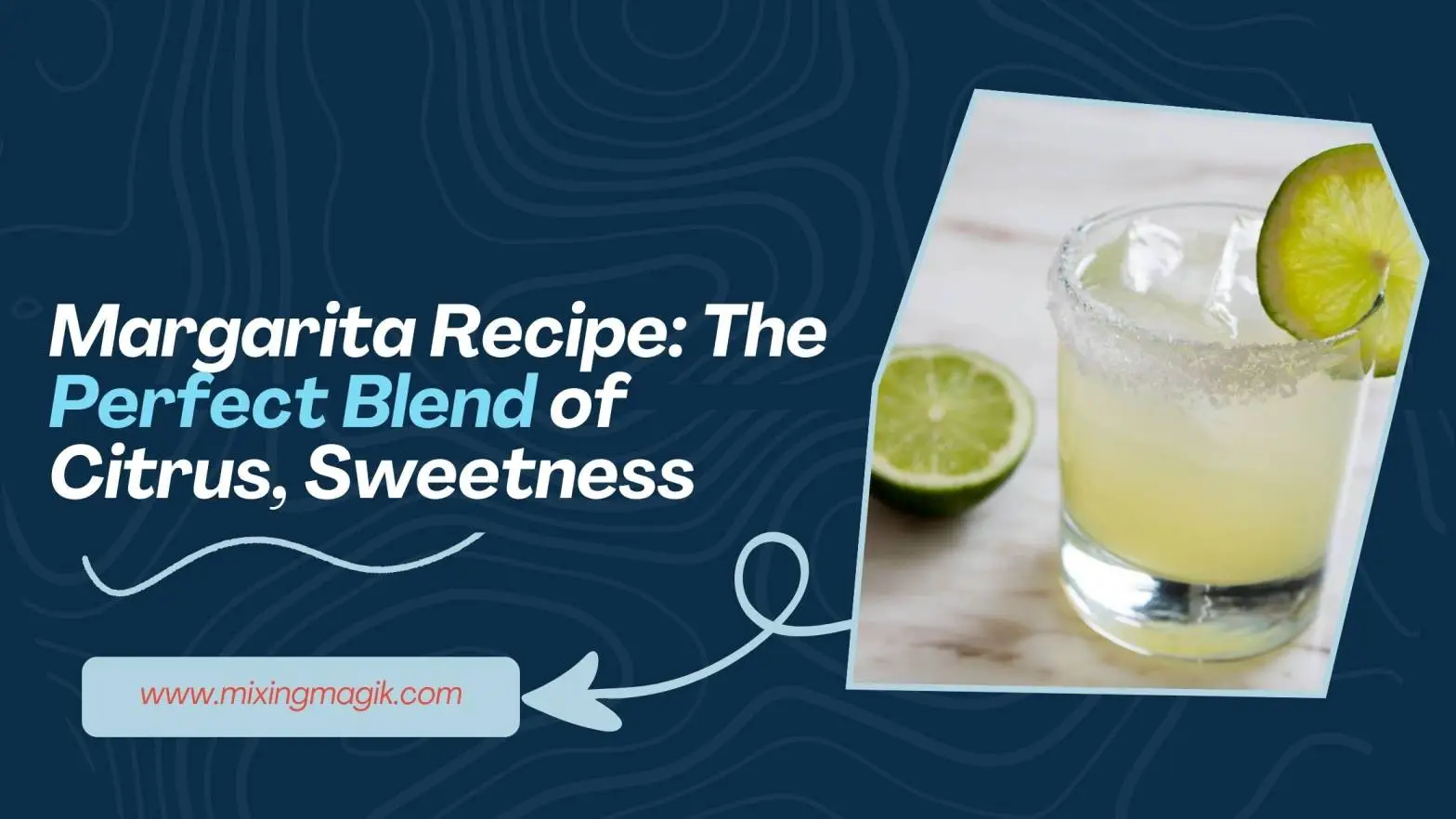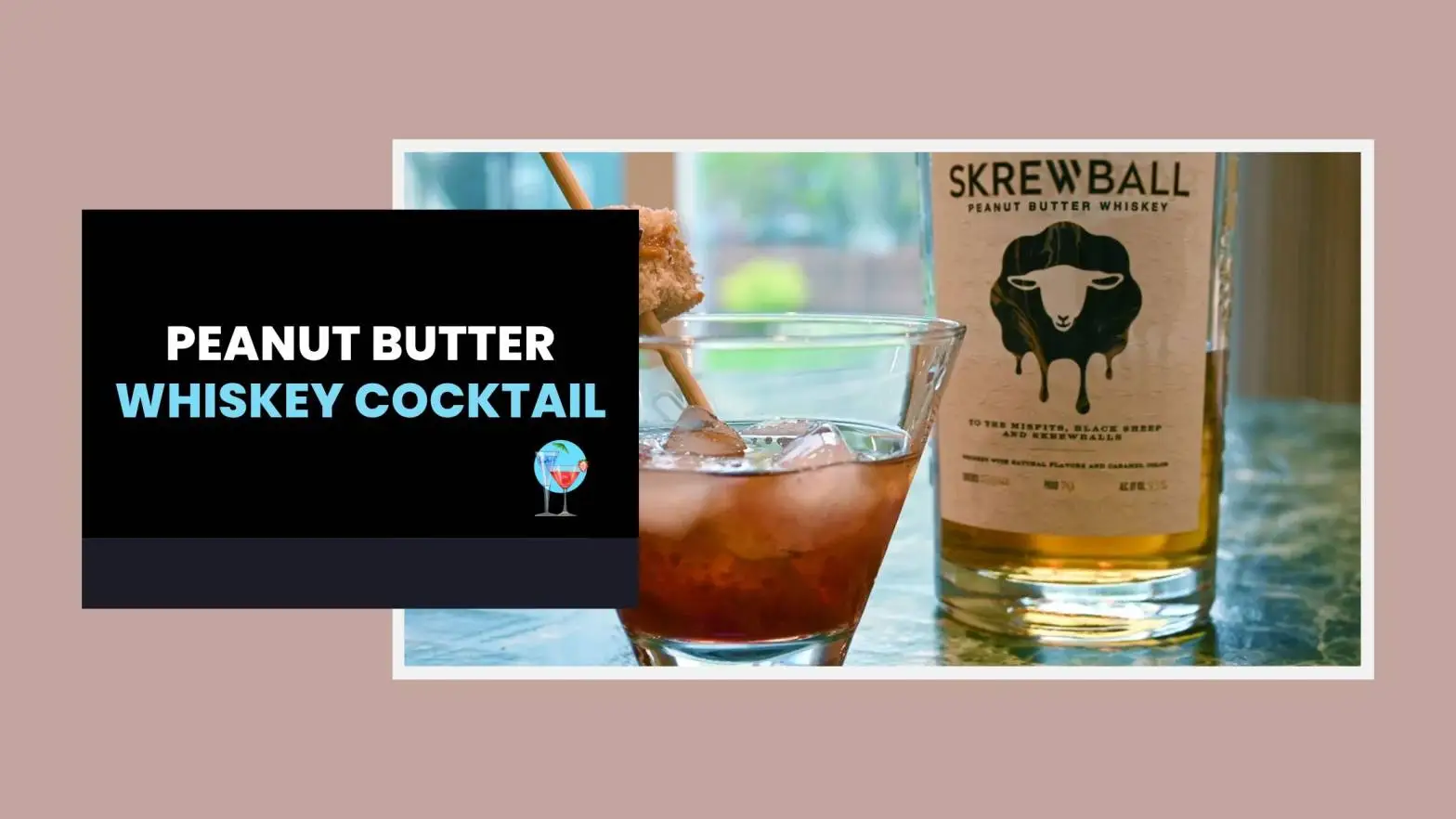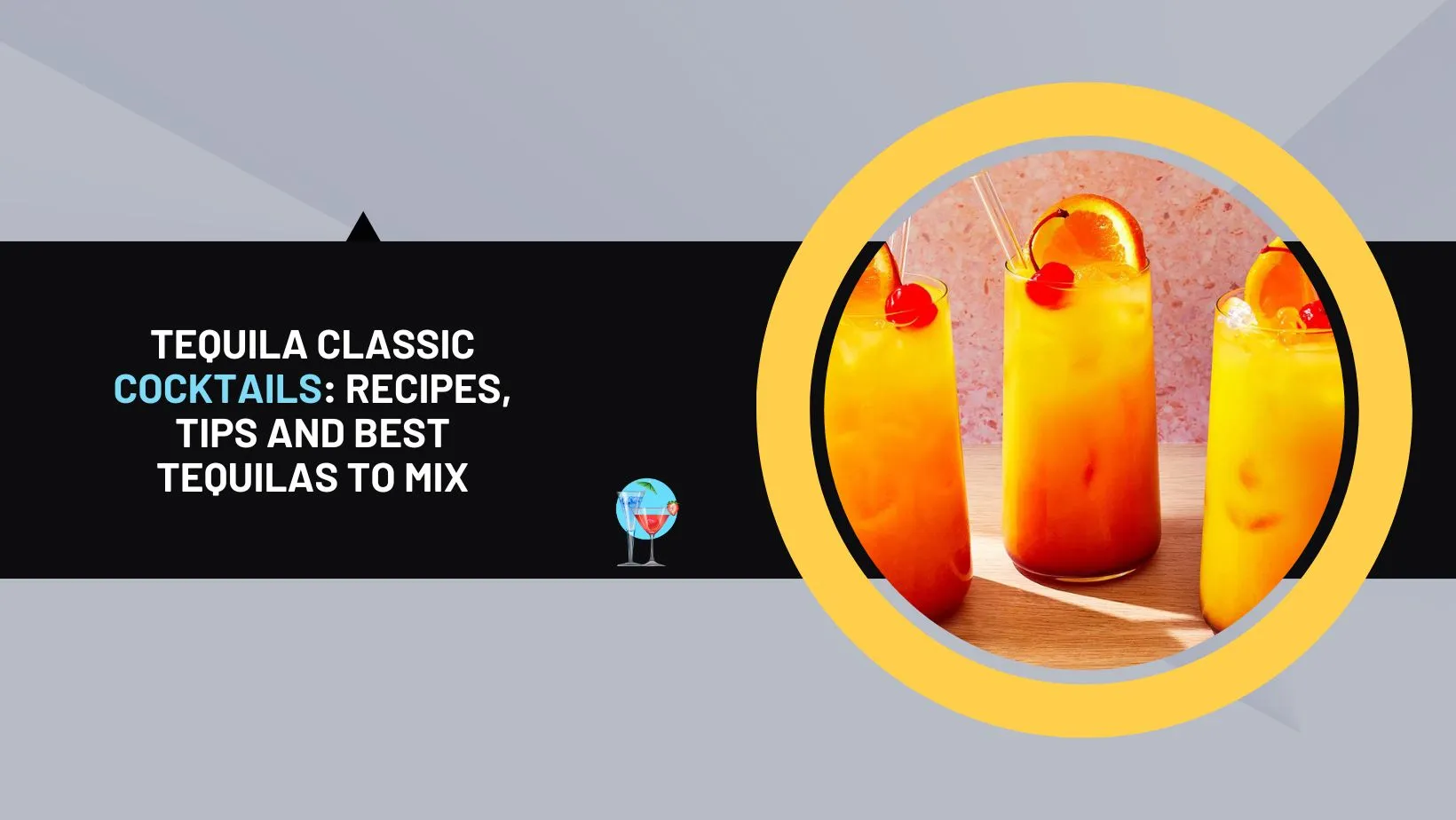In 2016, Giuseppe Gallo created Italicus Rosolio di Bergamotto from a recipe dating back to the late 1800s. It won the Best New Spirit or Cocktail Ingredient at Tales of the Cocktail Spirited Awards 2017. Cocktails & Bars was the first publication in Australia to feature Italicus in October 2016 and again in our Top 10 New Spirits 2016.
Italicus Cocktails with Simone Caporale – Photo Supplied
Simone Caporale has several accolades. He has been crowned “Worlds Best Bartender” several times and was on the team who led the Artesian Bar in London to win “World’s Best Bar”. During this visit to Sydney with Italicus, Cocktails & Bars sat down with Simone to talk about innovative ways to use Italicus in cocktails, beyond the Spritz and White Negroni.
Tell us a little about yourself and your connection with Italicus.
I’m Simone and I’m a bartender. I’ve been involved in the creation, development and the strategy of Italicus since the very first day, before the product was finished. This liquid has been thought and designed entirely behind the needs of people making cocktails, bartenders, and people who enjoy making cocktails at home.
Everything started by thinking what is the element, what is that source of ingredient that the cocktails still miss. It’s that element that can work out the perfect balance, the element that keeps the rest of the ingredients together, in harmony and in balance, and perfection. And it’s bergamot.
For the uninitiated, what is Italicus and how would you describe it?
It’s an aperitif because its function is to allow you to create drinks which are suitable for aperitivo time, for low ABV drinking. You can also use it as a flavour bond in a cocktail. The key note of bergamot is known to have around 400 aromatic compounds.
Bergamot is not a common citrus. How would you recommend bartenders describe the flavour profile to their guests?
Bergamot is not very common but there’s bergamot everywhere and people don’t know it. It’s in fragrances, the skin is also used to aromatise Early Grey tea and in Italicus we only use a I.G.P (DOC) bergamot citrus fruit from the Calabria region in south of Italy. Bergamot is the result of a spontaneous cross pollination among citrus that occurred 600 years ago in Italy. 600 years in the world of botany and nature is nothing when you think of palms or ferns that have been there for millions of years. It’s not the latest creation from the citrus world.
Bergamot smells of the most perfect citrus you can have, rich, aromatic, romantic, fresh and very distinct from lime, lemon and orange. When you smell bergamot, it enters your mind and will stay there for a while.
Let’s talk about sfumatura, the process used in making Italicus.
Sfumatura is a technique which translates into ‘skimming’. It consists of collecting the most subtle, light, delicate and most fragrant essential oils which are kept inside the peel. This technique requires the use of water. Generally when you extract essential oils from citrus, you use alcohol because it’s faster and can extract more but alcohol is a bit aggressive. The result of this extraction allows you to keep and extract the most delicate and fragrant aromas that you can’t have from using alcohol. And the result speaks for itself. When you open a bottle of Italicus, there’s a bouquet of citrus, of flowers, lavender, rose, melissa balm. You get light volatile notes from the aroma and round notes on the palate.
What role does Italicus play as a cocktail ingredient, and what are the key spirits and flavours it complements?
The main role of Italicus is to create the perfect balance among the other ingredients. As a main ingredient, it works incredibly well with wines, champagne, sparkling wines, citrus juice, soda, tonic water.
With spirits, I would say gin and citrus in a classic Gimlet with a little Italicus, Gin and Tonic, Margarita, Sidecar with a little Italicus, cider or IPA beer because it’s very aromatic from the hops. Mezcal works well because generally you combine it with acid notes. It can be from citrus or Mezcal Negroni where the acidity comes from vermouth. One part mezcal, one part rosato vermouth and half part Italicus, dashes of orange bitters or a a few drops of bitter like Campari or Rinomato.
The reason I’m mentioning a lot of spirits is because of the bergamot which has over 400 different aromatic compounds. It automatically finds a link with any ingredient. Italicus is like a diplomatic person who can speak 50 different languages with 50 different international guests, so it creates a link with each person. It’s a smooth operator.
Are there any flavours or spirits that don’t play well with Italicus?
This depends on the skills of the person making the drinks because there’s no limit. By saying this, Italicus has very rich and delicate notes at the same time. If you combine it with something heavy and full-bodied like heavily peated whisky, some of the notes of Italicus will not shine because there’s predominance of flavour versus the other one. You get less character and less function of the bergamot.
What are some of the ways bartenders or home bartenders can get started with Italicus?
On a very hot day, in the middle of the day or afternoon, I would do a good measure of Italicus, tonic water and sparkling wine. For something more fresh and heavier, a Gin Sour, with gin, lemon or lime juice and Italicus. Another good combination is tequila and pink grapefruit, a dash of a Bitter and a portion of Italicus.
What advice would you give bartenders to extend their creativity with Italicus?
Being in Australia, I realised there’s a lot of diversity and local produce is always at its best. I would say play with the seasons. Like now, it’s the best season for mandarin. Always combine Italicus with a seasonal citrus at its best.
As I said before, it works well with agave spirits but also with distillates such as Grappa, Calvados, and Armagnac. For example, Armagnac with cold pressed apple juice, sherry wine and Italicus. Think about your cocktail from a different starting point. Generally you start from classic recipes, or a local or seasonal ingredient. Start creating from a zero point. There’s colour, texture, shape and structure and build your drink around an artistic form.
Is there a cocktail recipe you’d like to share with us?
Absolutely. Forget Me Not Cocktail – 20 ml Italicus, 20 ml mandarin juice, 20 ml Grappa Nonino infused with frankincense essential oil, 20 ml dry vermouth, 15 ml lime juice, 1 dash of Peychaud’s bitters, shaken and garnished with 1 floating drop of blood orange oil.
Also, the White Negroni makes the perfect aperitivo with equal parts gin, dry vermouth and Italicus, garnished with green olives.
Any closing comments.
Italicus is a product for people who are curious to explore, people who enjoy cocktails, people who enjoy sharing a cocktail experience with friends or colleagues. In my opinion, there’s a saturation in what’s happening in the cocktail world because everyone is doing the same things. But when you create a product, in this case with notes of citrus, which is the most vanguard mother nature ever created, we can only come across magic results.
In partnership with Think Spirits, distributors of Italicus in Australia.
Corinne Mossati
Corinne Mossati has been writing about bars, spirits and the food scene for over 10 years. After she founded Gourmantic in 2009, she launched Cocktails & Bars in 2015, a website dedicated to cocktail culture. She has been named Australian Bartender Magazine's Top 100 Most Influential List since 2013, has judged over 30 cocktail competitions, was nominated in Icons of Whisky Australia 2020 and is published in several media including Executive Style by Fairfax. She has created the Gourmantic Birthday Gin 2017 in collaboration with Master Distiller, Reg Papps. Read the full bio here.






